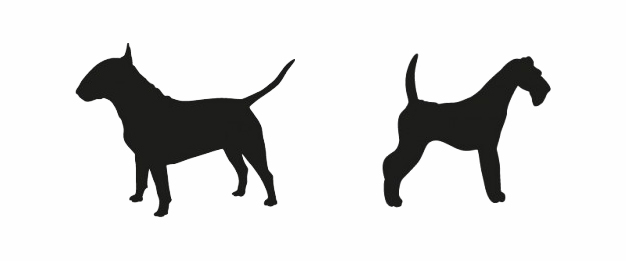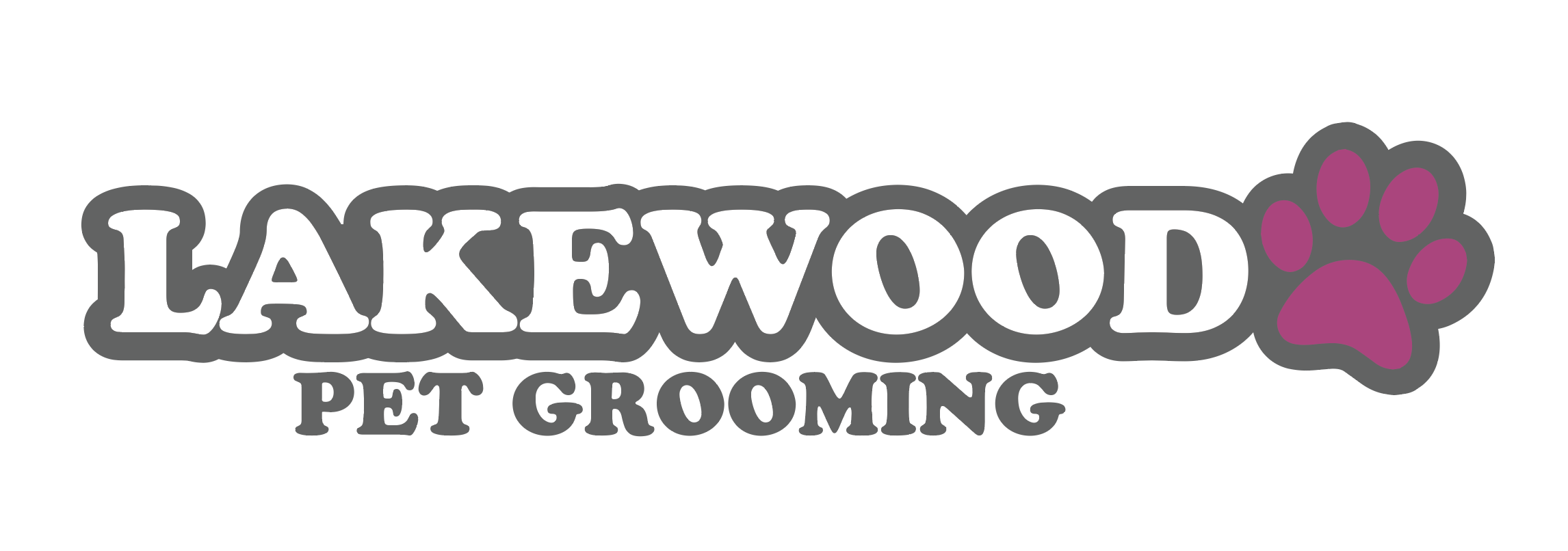
There are several types of dogs all over the world. While caring for each type can be different based on things such as breed & energy level there are other things that barely differ. One of these things is dog ear care. There are really only 4 types of ears if we break it down to the baseline. Simply put, you have:
- Ears that stand
- Ears that lay
- Long haired ears
- Short haired ears
Now, of course, these can be combo-ed a few different ways, but for simplicity sake, we will keep this very basic.
Most of the dogs that are “high-maintenance” for their ears, will have long hair, and ears that lay against their head. These dogs will be a higher risk for dirty ears which can lead to ear infections. However, your more wrinkly breeds that have ears that lay flat (basset hounds, coonhounds, beagles) can also be high-maintenance.
Here’s what happens.

Your pet goes outside, and rolls and plays in the dirt or perhaps you live in an area that just has a lot of dust. The dirt and grime sticks in the folds of their ears as well as the hair that grows in the ear canals. Then let’s say their ears lay flat after they finish running around. Any moisture in their ears mixed with the grime that has worked its way in and a lack of airflow due to the ears laying flat against their head creates a bacteria playground over time. Eventually, if not tended to the ears become yeasty creating an infection.
Now, some dogs are lucky and either grow no hair in their ear canals or minimal amounts. If your pet has long-hair, you only have to worry about the hair surrounding the ear itself. Removing this hair and general cleaning with a dry cotton ball once a week can save you a lot of time and hassle. Not to mention trips to the vet and the cost that come along with them.
There will next be the people that say, “but my dog’s ears stand up and they have short-hair, but we still have problems.” Of course, any pet can be prone to ear troubles. This is because ears that lay flat and are hairy aren’t the only ones with risk. The creases and folds inside your pet’s ears whether they lay or stand still will hold grime. This along with your pet interacting with any kind of moisture and lack of ear cleaning can still lead to the same issues. So it’s important that you pay attention to your pet and know more about what to watch for.
Here are some signs that there is something going on and your need dog ear care. Things to watch for:
- Your pet shaking their head frequently
- Your pet scratching at their ears
- Redness inside the ear flap and canal
- A “bad” smell (Usually it will smell yeasty)
If you are smelling yeast, you’ve probably past the point of being able to treat your pet yourself. Yeasty smells with redness and irritation are signs your pet probably already has an ear infection and needs treatment by a vet. Again, by paying attention and being diligent you can avoid this.
Once a week wipe your pets ear out with a cotton ball, either dry or with a pet ear cleaner. If you use an ear cleaner make sure to wipe the inside dry afterward to remove excess moisture. When your pet has long hair in their ears you will need to pluck the hair before cleaning it out. If you are uncomfortable doing take them to a groomer for a walk-in service.
Save yourself trips to the vet, and your pet the pain of having infected ears. Performing ear care takes minimal amounts of time, and will help to keep your pet healthy along the way!
